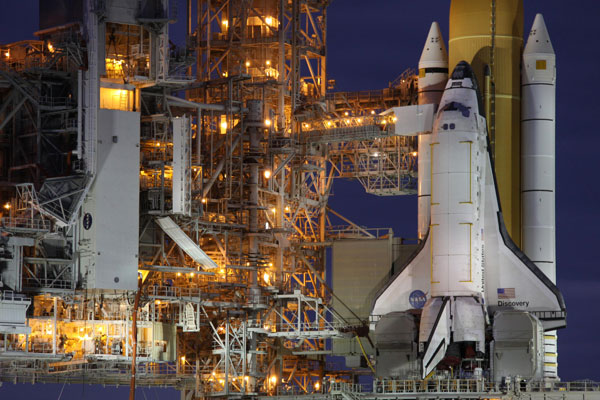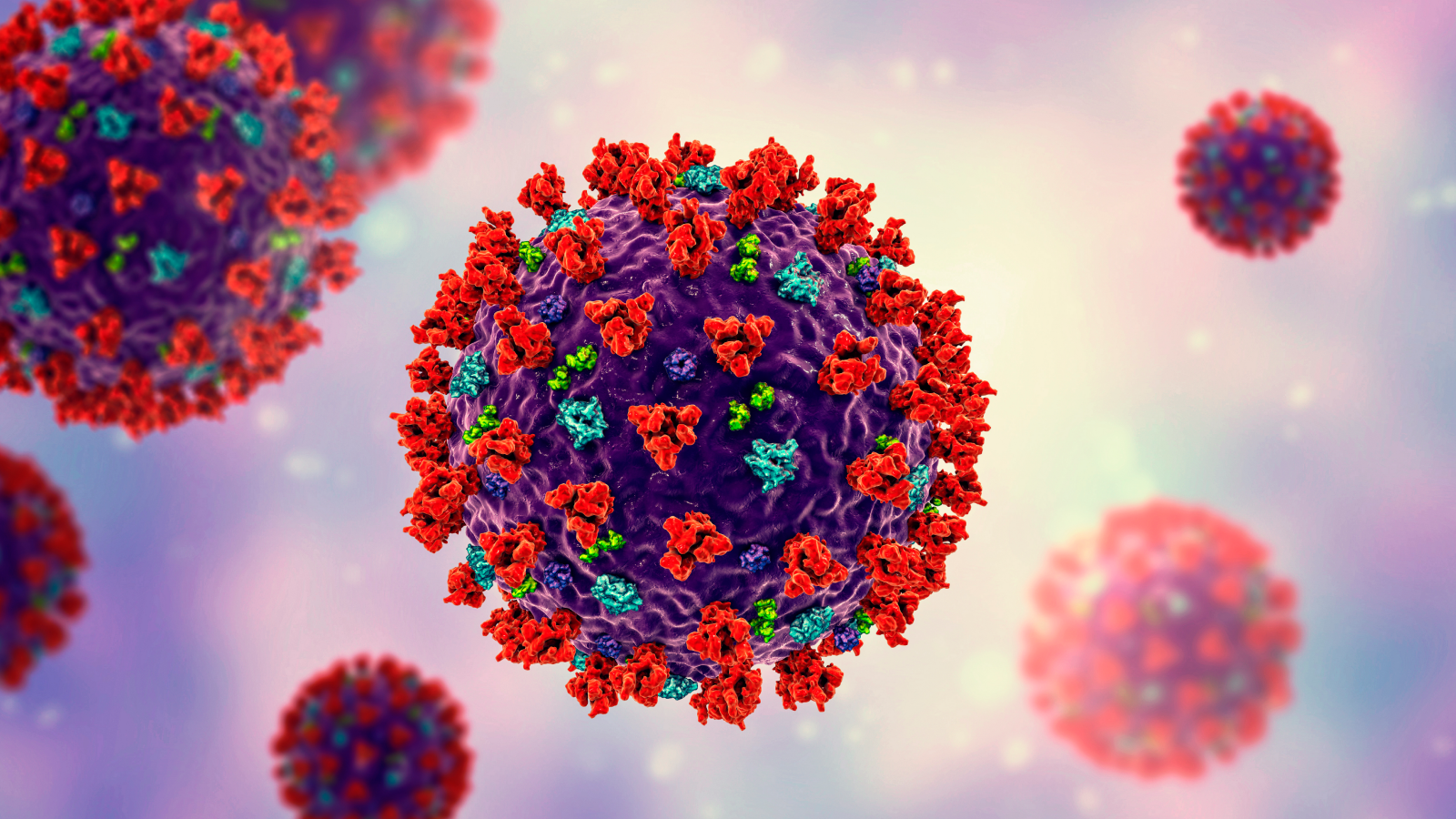8 Surprising Space Shuttle Facts

After 30 years of service, NASA's fleet of three space shuttles are standing down for good.
The final shuttle mission planned, the STS-135 launch of Atlantis, is scheduled for July 8. After that, the orbiters will be headed to museums to live out their lives on public display.
As we say goodbye to the iconic reusable space planes, here are some interesting facts to remember:
1. Top speed
While in orbit, the space shuttle travels around Earth at a speed of about 17,500 miles (28,000 kilometers) per hour. At this speed, the crew can see a sunrise or sunset every 45 minutes. [Top 10 Space Shuttle Photos]
2. Well traveled
The combined mileage of all five orbiters is 513.7 million miles (826.7 million km), or 1.3 times the distance between Earth and Jupiter. Each orbiter, except for Challenger, traveled farther than the distance between Earth and the sun.
Sign up for the Live Science daily newsletter now
Get the world’s most fascinating discoveries delivered straight to your inbox.
3. Presidential attention
Only one president has been on hand to witness a space shuttle launch. President Bill Clinton, along with his wife Hillary Clinton, watched Mercury astronaut John Glenn's return to space on the STS-95 flight on Oct. 29, 1998 from the Kennedy Space Center in Florida.
President Obama had planned to watch the shuttle Endeavour lift off on its final mission STS-134, on April 29, 2011, but that launch was delayed. The President and his family did visit the spaceport anyway.
4. Space science
The space shuttle isn't just a mode of transport: It's a laboratory, too. There have been 22 Spacelab missions, or missions where science, astronomy, and physics have been studied inside a special module carried on the space shuttle.
Spacelab, a reusable laboratory built for use on space shuttle flights, allowed scientists to perform experiments in microgravity. Starting in 1983's Challenger missions, animals became a prime component of space science. On the STS-7 mission, the social activities of ant colonies in zero gravity were examined, and during STS-8, six rats were flown in the Animal Enclosure module to study animal behavior in space.
5. Taking the heat
The space shuttle's Thermal Protection System, or heat shield, contains more than 30,000 tiles that are constructed essentially of sand.
All of the tiles are thoroughly inspected before liftoff they are a crucial tool that allows the space shuttle to endure the intense heat endured when the shuttle re-enters Earth's atmosphere to land. After the tiles are heated to peak temperature, the tiles can cool fast enough to be held in your hand only a minute later.
6. Packing on the pounds
The heaviest space shuttle orbiter, Columbia, weighed 178,000 pounds (80,700 kg), roughly the weight of 13 African Elephants.
Columbia, the first space shuttle to fly, weighed the most because NASA was still searching for lighter materials to use, and integrated some of these into the later orbiters.
7. Official monikers
The space shuttle program is officially known as the Space Transportation System (STS), and so each shuttle mission is designated with the prefix "STS."
Initially, the missions were given sequential numbers indicating their order of launch, from STS-1 through STS-9. However, because NASA administrator James Beggs suffered from triskaidekaphobia, the fear of the number 13, NASA began using a different numbering system for space shuttle missions, according to several astronauts at time.
What would have been STS-11 was named STS-41-B, STS-12 became STS-41-C, and STS-13 was STS-41-D. The first number was the last digit in the fiscal year (1984), the second number indicated the launch site (1 for Kennedy Space Center, and 6 for Vandenberg Air Force Base), and the letter indicated the sequence (A was the first launch of the year, and so on).
After the 1986 Challenger disaster, though, when the orbiter and its crew were lost, the agency resumed the sequential numbering system, starting with STS-26.
8. Tweeting from space
On May 11, 2009, astronaut Michael J. Massimino, a crewmember of the space shuttle Atlantis' STS-125 mission, became the first person to use the microblogging site Twitter in space.
Writing as @Astro_Mike, he tweeted "From orbit: Launch was awesome!! I am feeling great, working hard, & enjoying the magnificent views, the adventure of a lifetime has begun!"
Visit SPACE.com for complete coverage of Atlantis's final mission STS-135 or follow us @Spacedotcom and on Facebook.










